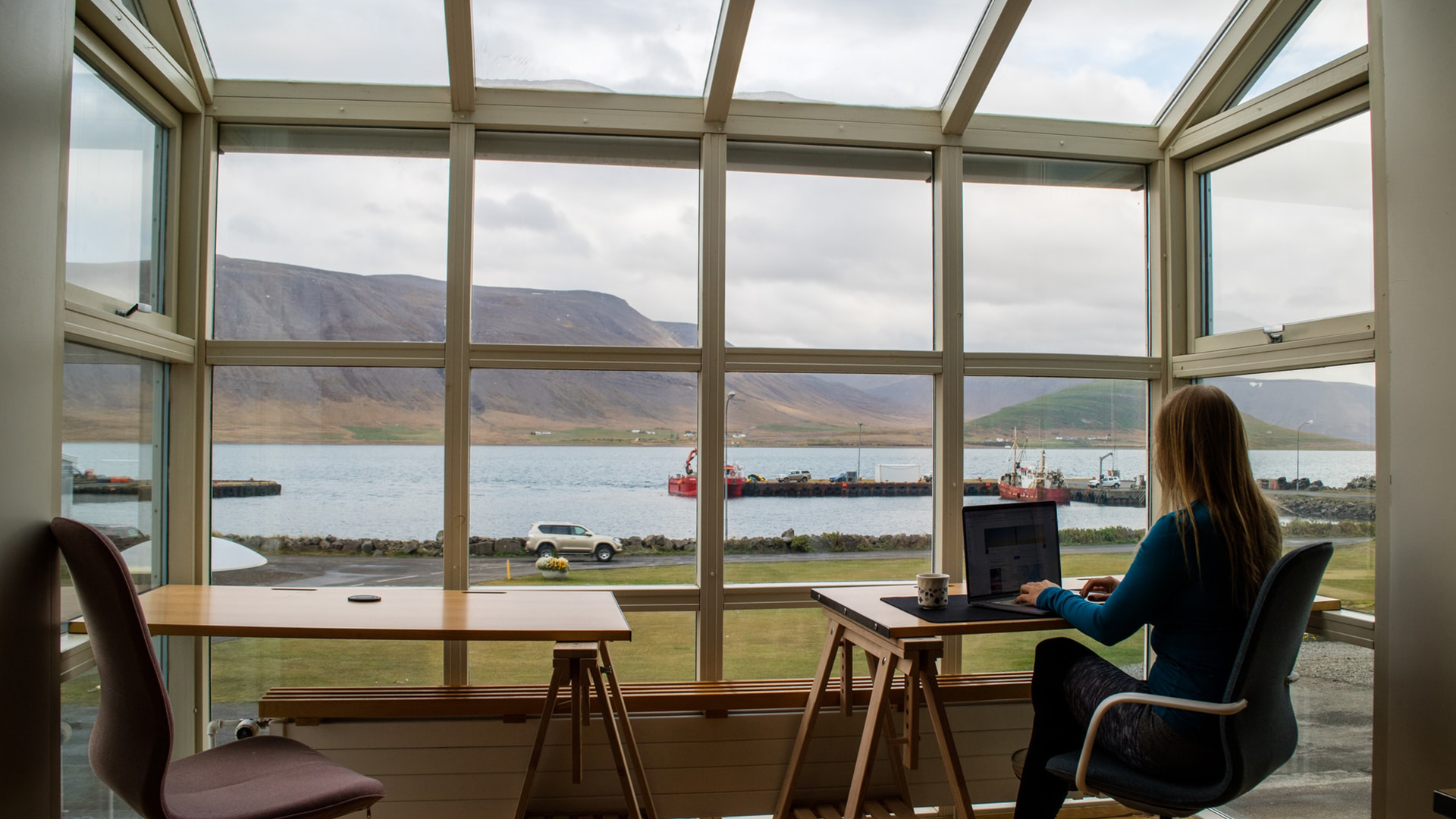In the last few months, there has been encouraging news about COVID-19 vaccines, with the vaccination programme kicking off across the country. And while there’s still a lot of green between this particular ball and the pocket, most of us let out a sigh of relief, with hope that there might be some return to normality.
With the end in sight, or at least in fuzzy focus, companies are thinking ahead to the post-crisis era and planning for the future, but with no real certainty around how the business landscape might unfold. This has been further compounded with issues such as Brexit and the highly controversial US elections. Consequently, many organisations are considering cost-reduction plans, modifying their operating models, and redefining their functional priorities.
The big question for every business is ‘what will normal look like?’ Will companies end up with 100% remote workforces? Will offices close and what impact will that have on the ecosystem surrounding those businesses – the cafes, the shops and restaurants and so on? Without a doubt, the nature of the work we perform in offices and at home will change.
Many organisations have been quick to publicise that they are 100% remote working. However, I think many of these haven’t really understood exactly what this means and how it will impact their business and their employees. True remote working doesn’t just mean that everyone takes a laptop home; it takes quite a bit of careful planning, which includes a whole new way of working, supported by new business processes, IT infrastructure and technology. It also means changing the way in which you support and care for your employees.
Remote-first versus 100% remote working
Going forward, will all these organisations really remain remote? Is that what employees want? Here at Clearvision, we are a bit more pragmatic in our approach. Yes, we are ‘remote-first’, but we are not 100% remote working and we want our employees to decide their modus operandi whenever possible, rather than have us dictate it.
Naturally, there will be people who still want to go to the office to collaborate. I do think solo work in an individual office is likely to reduce significantly. That said, it is interesting because since lockdown, we have had some folks who want to work from the office for multiple reasons. They like human contact; they don’t have the ideal setting at home; or they simply like bouncing ideas off other people in a much more informal way. I have no problem with staff coming into the office if they can benefit from it. I understand that remote working can mean that you miss elements of that interaction, so as a business you need to think about how you keep that going.
I do think that in 2021, we will see an evolution in the type of spaces required with more conference and meeting rooms, and open collaborative work areas utilised. This will force employees to be more deliberate about scheduling their activities.
So, what is the difference between 100% remote working and ‘Remote First’, I hear you ask.
Remote-first is an organisational strategy that we have adopted that makes working remotely the primary option for our employees, but – and this is very important – not the only way of working. This means working remotely is the default, but not the only possibility, so that you can empower individuals to work in the way that they are most productive, comfortable, and therefore happier. Of course it also means that you need to prepare your business to make sure your remote employees are as much a part of the team as those in the office, in terms of expectations, work conditions, responsibilities and benefits.
Remote First fosters inclusion and diversity
Remote-first gives employees a new dimension of choice which they didn’t have before. We will still employ people in our local area, but we are not restricted by it. People will still come into the office; some will do that as the default option, others will do so occasionally.
For remote-first to work you do have to be clear what the targets, objectives and deliverables are. It’s the organisation’s job to create the environment where employees can be truly successful. You must create an environment that supports remote-first rather than just expect it to happen.
We are well into this journey; elements of this are changing all the time. As a senior leadership team, we recognise that we don’t have all the answers. As such, we welcome input from others in the organisation throughout the business and this includes heads of departments and managers in various different parts of the company. This enables us to hear different views, to understand problems from their perspective and it brings innovation and diversity.
That said, with a remote-first philosophy, the world has become our oyster. We can recruit from anywhere and work anywhere. This enables us to get the best people available whether this is on a regional, national or international level. We can now access a diverse workforce from other parts of the country, other countries, and even areas of the world that we wouldn’t normally have tapped into, benefiting from an array of different cultures and backgrounds. While at times this presents logistical challenges, it also presents new opportunities.
Listen to your employees
Training and onboarding can be tough, especially if you have a very multicultural team with many employees working in different time zones and locations around the world. To help with this, we have introduced a number of new concepts such as ‘Corridor Conversations’. This involves the leadership team picking up the phone or having video calls where we don’t talk about work – we really get to know our people. In a way, it replicates what you would do when you walk up to the kettle to make a cup of tea.
Likewise, everyone who joins us automatically gets allocated a workplace buddy. We know that new recruits typically join on a high and we want to continue that momentum and make sure that their level of enthusiasm goes up rather than down. After all, why put all that energy into finding the right recruits and then abandon them once they join? We put in place a 30, 60 and 90-day plan and historically their buddy is usually someone from their department. More recently since moving to remote-first, we have also assigned them a second buddy. This person is more about providing support across the business making sure that they get that culture buddy support.
We are on a journey and it is not easy, but we are constantly gathering and sharing knowledge, helping to empower people in the right way. There is a lot of buzz in the business; and we are a better organisation for encouraging involvement from staff, through a structured process. It is so easy for leaders to tell, instead of listening to ideas.
So, let the appetite create the environment and let employees embrace this in a way that benefits them and the business. Giving employees the choice will make for a happier, more loyal, workforce and a better, more successful, business as a result.







